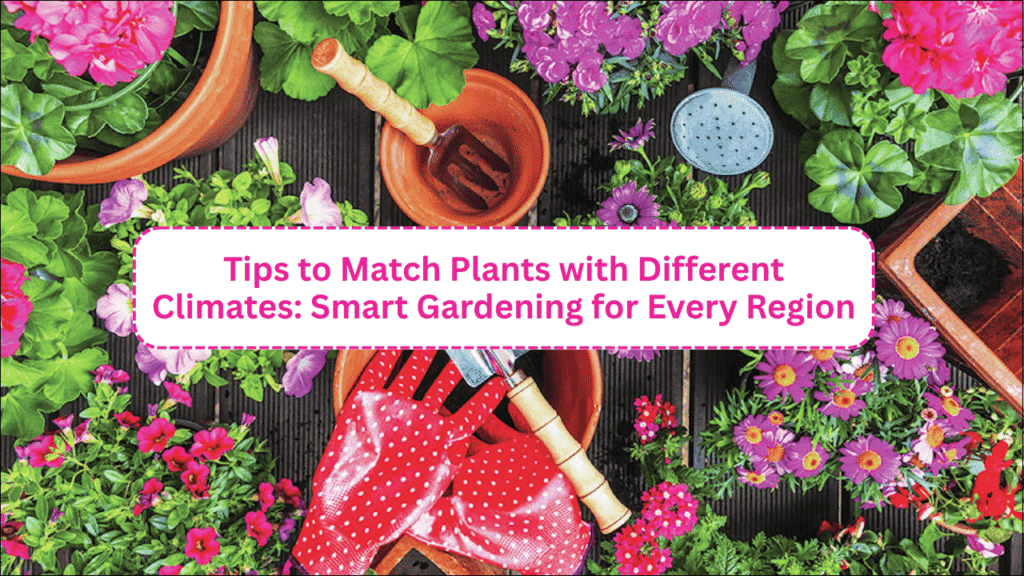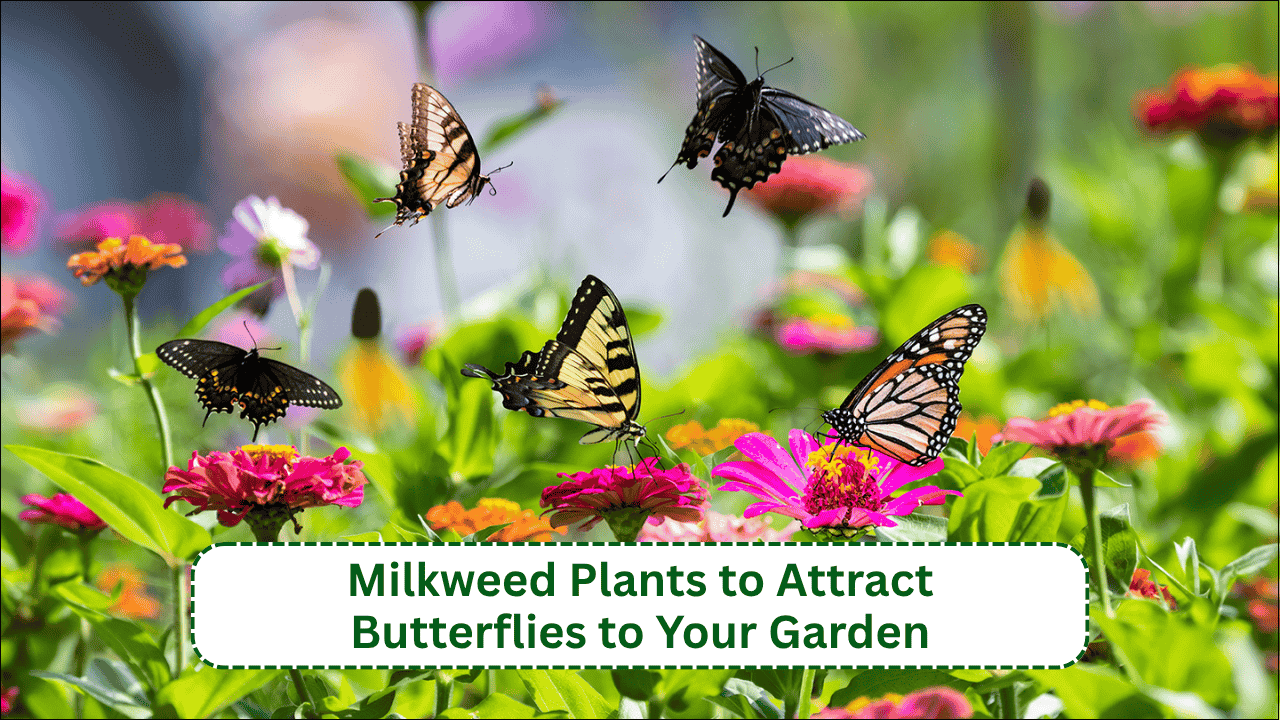
The secret to creating a stunning, thriving garden lies not in expensive tools or exotic plants, but in understanding one fundamental principle: matching plants to their ideal climate conditions. Every successful gardener knows that working with nature, rather than against it, leads to healthier plants, reduced maintenance, and spectacular results that last throughout the seasons.
Climate compatibility determines everything from a plant’s survival to its flowering potential, growth rate, and resistance to pests and diseases. When you choose plants that naturally thrive in your environmental conditions, you’re setting yourself up for gardening success while creating sustainable landscapes that support local ecosystems and wildlife.
Understanding Climate’s Impact on Garden Success
Climate influences every aspect of plant health and garden performance. Temperature extremes determine which plants can survive winter freezes or summer heat waves, while rainfall patterns affect watering needs and soil moisture levels. Humidity impacts disease susceptibility, and seasonal variations influence blooming cycles and dormancy periods.
Gardeners who ignore climate compatibility often find themselves constantly battling plant stress, increased pest problems, and disappointing growth results. Conversely, those who embrace climate-appropriate gardening enjoy lower maintenance gardens, reduced water bills, and year-round beauty that adapts naturally to seasonal changes.
1. Master Your Plant Hardiness Zone
Understanding your plant hardiness zone forms the foundation of successful climate gardening. The USDA Plant Hardiness Zone Map divides regions based on average minimum winter temperatures, providing essential guidance for plant selection.
Cold climate zones (3-5) experience harsh winters and short growing seasons, requiring plants that can withstand severe freezes and rapidly changing conditions. Moderate zones (6-8) offer longer growing seasons with hot summers and manageable winters, supporting a wider variety of plant types. Warm zones (9-11) provide extended growing periods with mild winters, allowing for tropical and subtropical species.
Each plant variety includes zone ratings indicating where it can successfully survive and thrive. Matching these ratings to your location ensures plants can withstand your area’s temperature extremes.
2. Explore Garden Microclimates
Within every garden exist multiple microclimates created by natural and artificial features. Shadows from buildings or mature trees create cooler, moister areas perfect for shade-loving plants. South-facing walls and patios generate heat-retaining zones ideal for warm-season vegetables and heat-loving flowers.
Low-lying areas often collect cold air and moisture, creating frost pockets that can damage tender plants, while elevated spots may experience better drainage and air circulation. Wind-exposed areas require hardy plants that can withstand constant air movement, while sheltered corners protect delicate species from harsh weather.
Observing these microclimates throughout different seasons helps you place plants in locations where they’ll naturally flourish.
3. Prioritize Native and Adapted Species
Native plants represent the ultimate in climate compatibility, having evolved over centuries to thrive in local conditions. These species typically require minimal supplemental watering, fertilizing, or pest management while providing crucial habitat for native wildlife and pollinators.
When native options are limited, consider climate-adapted plants from similar environmental conditions worldwide. Mediterranean herbs like rosemary, lavender, and oregano excel in hot, dry climates, while tropical species thrive in warm, humid regions.
Local extension services and native plant societies offer excellent resources for identifying appropriate species for your area.
4. Group Plants by Environmental Needs
Strategic plant grouping simplifies garden maintenance while ensuring optimal growing conditions for each species. Clustering plants with similar water, light, and soil requirements reduces competition and allows you to tailor care to specific needs.
Create dedicated areas for drought-tolerant plants in sunny, well-drained locations, while grouping moisture-loving species in naturally damp or easily irrigated areas. Shade plants perform best together in protected locations, while sun-lovers thrive in open, bright spaces.
This approach also creates more natural-looking plant communities that support each other’s growth and health.
5. Plan for Seasonal Climate Variations
Successful climate gardening requires understanding how environmental conditions change throughout the year. Some plants excel during specific seasons but struggle during others, making strategic seasonal planning essential.
Annual flowers provide spectacular summer color but cannot survive winter freezes, while perennials may go dormant during cold months but return reliably each spring. Understanding these cycles helps you plan continuous garden interest while avoiding disappointment from seasonal plant losses.
Creating a seasonal planting calendar based on local frost dates, rainfall patterns, and temperature cycles ensures appropriate timing for all garden activities.
6. Consider Humidity Requirements
Humidity levels significantly impact plant health and disease susceptibility. Tropical plants like orchids, ferns, and bromeliads require high humidity levels and may struggle in arid climates without special care. Conversely, desert plants like succulents, lavender, and sage prefer dry air and may develop fungal problems in humid conditions.
In dry climates, choose drought-tolerant species or create humid microclimates using mulch, water features, or plant groupings. In humid regions, select disease-resistant varieties and ensure good air circulation to prevent fungal issues.
7. Utilize Wind Protection Strategies
Wind exposure can significantly impact plant survival and garden success. Strong winds desiccate leaves, break branches, and stress plants beyond their tolerance levels. Creating windbreaks using hedges, fences, or sturdy trees protects vulnerable plants while creating calmer microclimates.
Position wind-tolerant plants like ornamental grasses, conifers, or native shrubs on the windward side of gardens to shield more delicate species. This layered approach creates natural protection while maintaining aesthetic appeal.
8. Match Plants to Soil Conditions
Climate directly influences soil characteristics, from drainage patterns to pH levels and nutrient availability. Desert regions typically feature sandy, fast-draining soils, while tropical areas often have heavy clay that retains moisture. Understanding your soil’s characteristics helps you select appropriate plants or modify conditions as needed.
Conducting soil tests reveals pH levels, nutrient content, and drainage characteristics, allowing you to choose plants that naturally thrive in existing conditions or make targeted improvements for specific plant groups.
9. Select Climate-Tough Varieties
Many popular plant species include cultivars specifically bred for enhanced climate tolerance. These improved varieties offer the beauty of traditional plants with increased resistance to temperature extremes, drought, or humidity challenges.
Heat-tolerant salvias thrive in scorching summers, while cold-hardy hibiscus varieties survive harsh winters. Seeking out these climate-adapted cultivars expands your plant options while ensuring better garden performance.
10. Learn from Local Examples
Observing successful gardens in your area provides valuable insights into which plants thrive in local conditions. Public gardens, established neighborhoods, and natural areas showcase species that have proven their climate compatibility over time.
Botanical gardens often feature climate-specific plant collections that demonstrate successful plant combinations and design strategies for local conditions. These examples provide inspiration while ensuring practical applicability to your own garden.
Conclusion
Creating a thriving garden in any climate becomes achievable when you work with nature’s patterns rather than against them. By understanding your climate zone, observing local microclimates, and selecting appropriate plants, you’ll develop gardens that flourish with minimal intervention while providing maximum enjoyment.
Climate-smart gardening not only ensures plant success but also creates sustainable landscapes that support local ecosystems, conserve water, and provide year-round beauty. Whether you’re gardening in desert heat, tropical humidity, or cold mountain conditions, these principles will guide you toward gardening success that lasts through every season.
Frequently Asked Questions
How do I find my plant hardiness zone? Enter your zip code on the USDA Plant Hardiness Zone website or contact your local extension service for zone information.
Can I grow plants outside my hardiness zone? Some plants can survive in adjacent zones with protection, but choosing zone-appropriate plants ensures better success and less maintenance.
What’s the difference between native and adapted plants? Native plants evolved naturally in your region, while adapted plants come from similar climates worldwide but perform well in your conditions.
How do microclimates affect plant selection? Microclimates create varying conditions within your garden, allowing you to grow plants that might not typically thrive in your overall climate zone.



